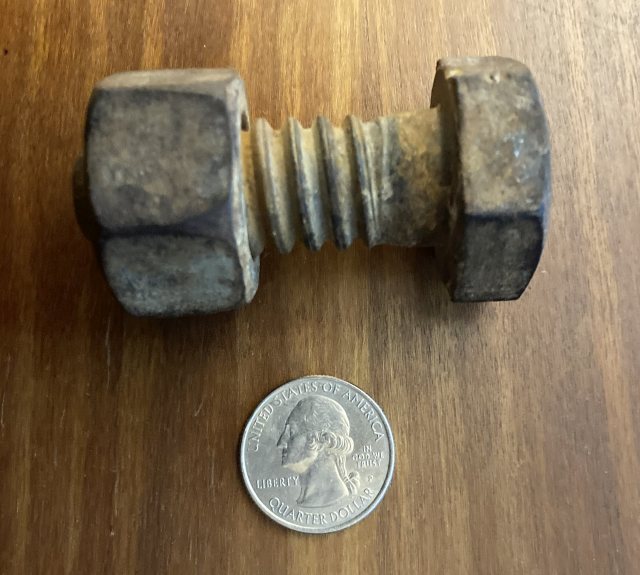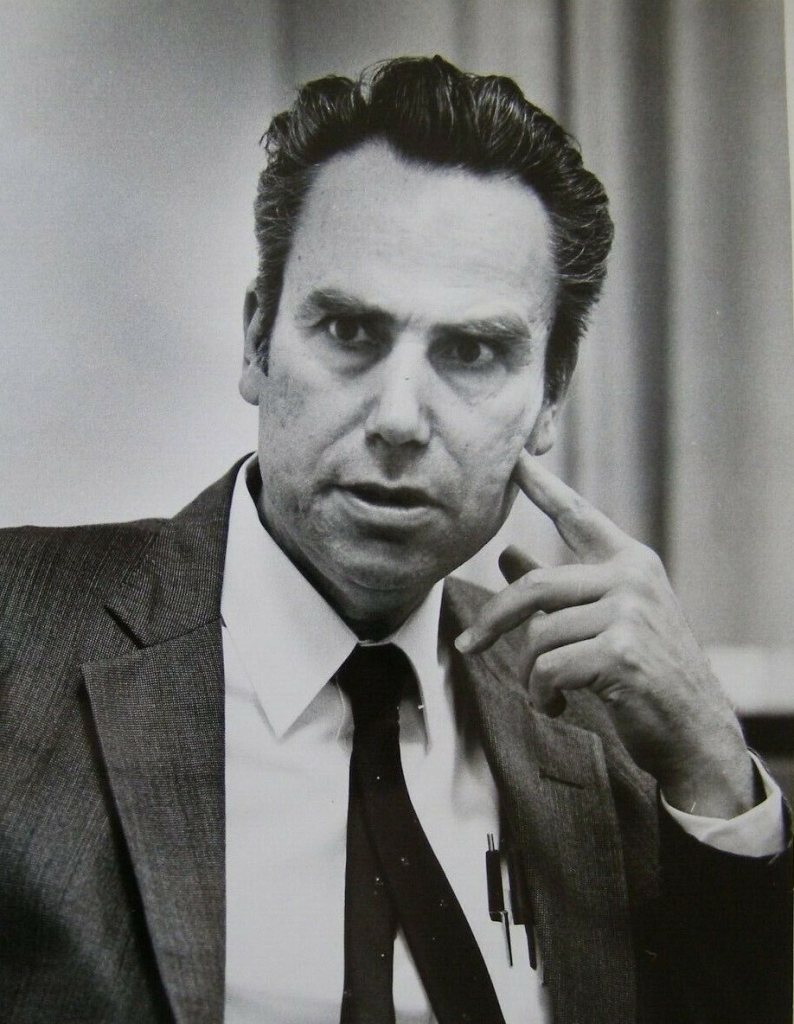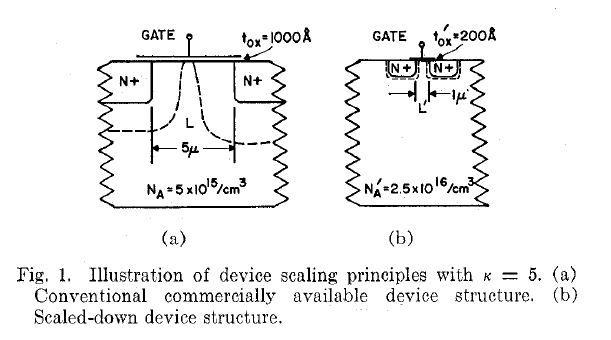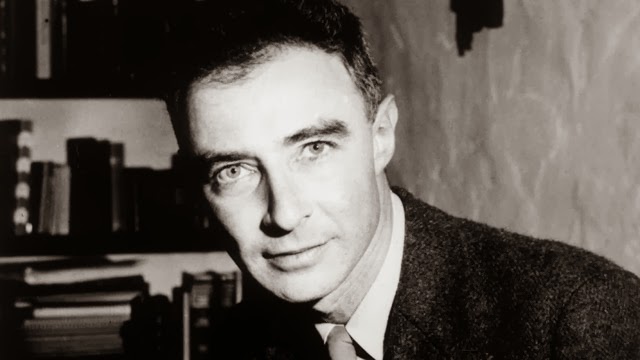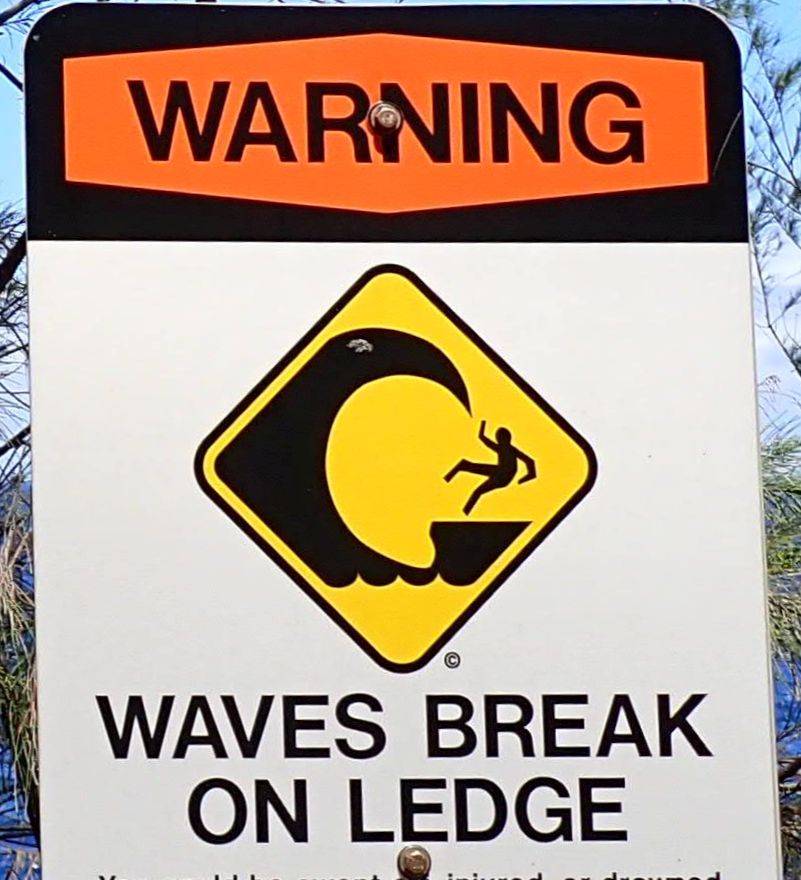Here’s the last of the major innovations described in the WGBH podcast, The Big Dig, along with my take on how it all turned out.
Along with the straight construction challenges of the Dig, described in the previous posts, Fred Salvucci had a geometric challenge at the north end of the Central Artery tunnel. The road there had to rise up to connect with the elevated decks of I-93 going north, with Rt 1 heading east towards the Tobin Bridge, with Storrow Drive heading west along the south bank of the Charles, and also somehow get across the Charles without wrecking it and the Orange Line subway that ran nearby. People would need to drive on all these connections at speed with minimal merging, something that had caused thousands of accidents on the old artery.
His team worked through 31 different plans for how to hook up all these roads, and finally settled on the 26th, Scheme Z. This almost killed the entire project. It was a huge mass of multi-level road decks, rising over a hundred feet into the air:

This is looking southeast from Cambridge, with the Charles River in the upper right. The two towers support a bridge that would rise up out of the tunnel, and then all the connections would be those loops on the Cambridge side. It would have added as many lane-miles as depressing the Artery removed! Everyone really, really hated it.
Yet Salvucci stood by it through the storm of criticism. By 1990 he had been working on the Dig for about 15 years. He and the governor, Michael Dukakis, had gotten the project through all the state-level blockages, and then through federal approval. With Tip O’Neill’s help, they even got it through a veto by Ronald Reagan.
[Aside: what is it with Republicans and public works projects? The only one who backed them was Eisenhower with the Interstate Highway system, and he justified that in military terms. Herbert Hoover actually hated the famous dam that bears his name because it displaces private power utilities in LA. That was a sly dig by FDR. Nixon, Reagan, both Bushes and Trump built nothing of note. Manhattan has been jammed for the last decade because then GOP NJ governor Chris Christie refused to allow a new tunnel to be built to it under the Hudson.]
Scheme Z was the last major piece to work out, and to Salvucci’s mind it was the best solution. All those lightweights who were just then starting to pay attention to this vast effort had no idea of what really needed to be done.
1990, though, was his last year on the project. Dukakis was term-limited out as governor, and replaced by the Republican Bill Weld. That meant that Salvucci was replaced as well as Secretary of Transportation. The new administration knew that the Dig had to carry on, but wanted nothing to do with the Scheme Z controversy. They cast about for new designers and had the fortune to find two brilliant ones, Christian Menn, a world-famous Swiss bridge designer, and the young Miguel Rosales, born in Guatemala and trained at MIT:

Menn, who was nearly retired, did the concept for the bridge, and Rosales, who had graduated only a couple of years earlier, headed the design. He still has an active office in Boston and has since built bridges all over the world. They replaced the spaghetti of elevated roads with a single immensely wide span, the now-famous Zakim-Bunker-Hill bridge:

It has become an icon of the city! It’s the only actually attractive feature of the roadworks themselves. It solved the tangle problem by having a lane cantilevered off of each side for entrances and exits, and then distributing the other ramps on both sides of the river. It’s named for Leonard P. Zakim, a Boston activist, civil rights leader, and friend of the Dukakis’s. Bruce Springsteen knew him too, and played “Thunder Road” at the bridge’s opening. The obelisk tower peaks resemble the Bunker Hill Monument in nearby Charlestown. It was actually the widest bridge in the country until the reconstruction of the eastern span of the Bay Bridge in San Francisco was finished in 2013.
Here is that same south tower under construction during a tour that some friends and I got of the Dig in April 2000:

We got to climb up those scaffolds and look out over the city, something no one will ever be able to do again. Looking north from high in the tower:

Those elevated roads to the left and right are now gone. That’s the kind of mess that the Dig replaced.
It did have some glitches in its development. Menn was visiting it in 1999 as it was under construction and noticed that the cables weren’t properly attached to the support beams on the deck. Grrr, said the project managers, and took two years to correct it.
When it did open in 2003, people noticed that multi-colored lights had been installed on it. They’re normally set to make its white cables glow blue at night, but can be set to any color. ”Wasting taxpayer money!” many screamed, but everyone else loved it. They’ve been set to red-white-and-blue when the Patriots are in the playoffs, to all purple when Prince died, and all green for the death of honorary Irishman Mayor Tom Menino.
Overall, the Big Dig had a slew of problems. Corrupt contractors used sub-standard concrete in the slurry walls, the light fixtures corroded way too quickly, there was unexpected flooding in the lowest roads, and worst of all, a too-heavy ceiling panel that pulled out of its epoxy mounts and killed someone. The general problem was too much cost-cutting. The project ran way over-schedule and over-budget, and some bad compromises were made. The ceiling panels, for instance, were supposed to be much lighter metal panels, but they saved some money by making them with concrete, and that turned out to not save money at all.
Yet the Dig overall saved the city in a quite direct way. The Artery was a nightmare, and has been replaced by the beautiful Rose Kennedy Greenway. The Seaport District, which used to be abandoned warehouses and parking lots, has had about $20 billion of investment in it since 2000. That’s more than the $15 billion Dig itself. It has now had about 70 major building projects, including the Boston Convention Center, the striking Institute for Contemporary Art, and the best outdoor music venue in the area, the Leader Bank (formerly Harbor Lights) Pavilion. The fill from all the tunnels was used to cap the waste dumps on Spectacle Island out in the harbor, and it’s now a striking park.
The city became cleaner, greener, and more open. The result has been skyrocketing real estate prices! There’s a down side to making your area more attractive. Yet few would say that noisy and dirty highways should be kept in order to keep apartment rents low. Highways used to be Hallmarks of Progess, and now they’re eyesores in places too poor to get rid of them. The Dig showed one way to go forward, but it was such an expensive lesson that few other places can follow.




